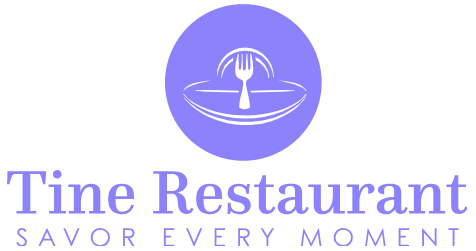Unlocking the Ultimate Viewing Experience: My Expert Review of the Backlit Voice Remote Control Commander RMF-TX621E
As I settled down for a cozy evening of binge-watching my favorite shows, I couldn’t help but marvel at the little gadgets that make our viewing experience so much more enjoyable. Among these unsung heroes of modern entertainment is the Backlit Voice Remote Control Commander Controller RMF-TX621E. With its sleek design and intuitive features, this…
